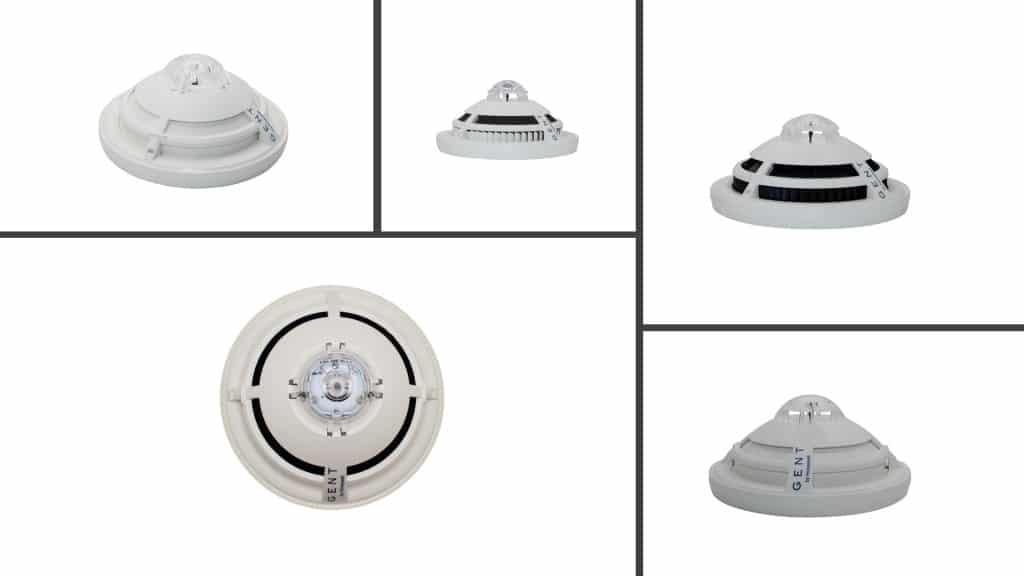Honeywell introduces digitised fire alarm system with automatic self-testing detectors
- November 1, 2023
- 8:05 am


Iain Hoey
Share this content
Honeywell Gent, a leading name in fire and life safety, has unveiled a groundbreaking fire alarm system.
This system comes with EN-approved self-testing smoke and heat detectors that offer the capability for automatic testing.
Honewell has claimed this development will revolutionise the ways in which life safety systems are commissioned, tested, and maintained.
Enhanced efficiency and reliability in fire safety
The Gent Vigilon panel with Self-Test is designed to offer scalable and trustworthy protection.
Furthermore, it aims to boost the productivity of fire engineers by offering efficient monitoring and flexible reporting options.
Lionel Caillat, vice president and general manager, Commercial Fire EMEA at Honeywell, commented on this development: “Honeywell is integrating intelligence across all aspects of life safety systems.
“By digitising the most essential system in the building, we’re creating more efficient and reliable systems.
“Through connected services, we’re assisting building owners in achieving visibility of all their pivotal fire and life safety system assets.
“This initiative will significantly aid the sector in striving towards the establishment of safer and more compliant buildings.”
The significance of a connected fire alarm system ecosystem
The Gent Vigilon panel, in conjunction with the Self-Test range of detectors, is integrated seamlessly into the Honeywell Connected Life Safety Services (CLSS) cloud-based platform.
The CLSS platform grants technicians and facility managers real-time insights into the fire system.
This real-time connection allows maintenance engineers to proactively identify and address potential issues, leading to enhanced first-time fix rates and minimising time spent on-site.
A fire system that automates testing and detection
One of the standout features of the Self-Test range of detectors is their ability to navigate and overcome physical barriers that are typically encountered during testing and maintenance procedures.
Obstacles such as locked rooms, high ceilings, voids, and other hard-to-reach spaces often go unchecked, thereby putting buildings in jeopardy.
However, with the Self-Test range, both optical and heat sensors can be assessed.
Additionally, the system ensures that smoke entry points remain obstruction-free.
This enables a single maintenance engineer to initiate a comprehensive building test, ensuring adherence to compliance measures.
Notably, this also eliminates the substantial time traditionally necessary for visual inspections, as all can be managed through the CLSS application.
The Gent Vigilon panel, combined with the Self-Test range of detectors, is currently available for purchase in the United Kingdom via Honeywell Gent System Integrators.
IFSJ Comment
Honeywell Gent’s latest introduction to the fire and life safety domain is a notable step in the evolution of fire safety systems.
By combining automation with digital capabilities, this new system addresses common challenges faced by fire engineers and building managers.
The capability to remotely monitor, diagnose, and initiate system tests can have far-reaching implications for building safety and compliance.
Moreover, the system’s adaptability to overcome common physical barriers ensures thorough testing, a vital factor in building safety.



